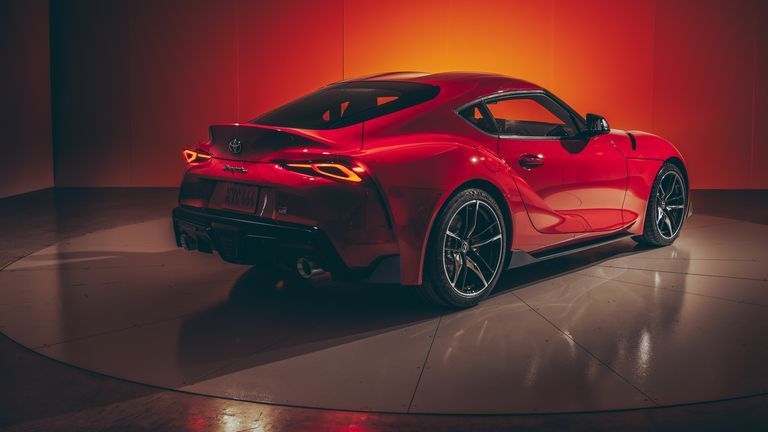Paint Protection Film (PPF) has emerged as a popular solution for car owners looking to preserve their vehicle’s pristine appearance. Its durability is one of the key selling points, but understanding what makes PPF durable and how it performs over time is essential for making an informed decision. This article delves into the components, technology, and maintenance practices that contribute to the durability of Paint Protection Films.
What is Paint Protection Film?
PPF is a transparent, high-performance urethane film that is applied to the painted surfaces of a vehicle. It acts as a barrier, protecting the paint from scratches, rock chips, bug splatters, and other minor abrasions. Modern PPFs often come with self-healing properties and UV resistance, enhancing their protective capabilities.
Components of Paint Protection Film
The durability of PPF largely depends on its composition. A typical PPF consists of multiple layers, each serving a specific purpose:
-
Top Coat: The top layer is often made of elastomeric polymers that provide self-healing properties. When exposed to heat, this layer can revert to its original form, effectively “healing” minor scratches and swirl marks.
-
Polyurethane Film: This is the core layer that provides the bulk of the protection. Polyurethane is a robust material known for its flexibility and resistance to impact, chemicals, and abrasion.
-
Adhesive Layer: The bottom layer is an adhesive that ensures the film sticks securely to the vehicle’s surface. High-quality adhesives prevent the film from peeling or bubbling over time.
Technology Behind PPF Durability
Several technological advancements have contributed to the enhanced durability of modern PPFs:
-
Self-Healing Technology: The inclusion of self-healing polymers means that minor scratches and scuffs disappear with the application of heat, whether from the sun or warm water. This keeps the film looking clear and smooth for longer.
-
UV Resistance: UV inhibitors in the film prevent it from yellowing and protect the vehicle’s paint from UV damage, such as fading and oxidation. This ensures that both the film and the paint remain in good condition over extended periods.
-
Hydrophobic Properties: Some PPFs are designed to be hydrophobic, repelling water and making it easier to clean the surface. This also helps prevent water spots and staining from environmental contaminants.
Factors Influencing PPF Durability
-
Quality of the Film: Not all PPFs are created equal. High-quality films from reputable manufacturers tend to offer better durability, UV resistance, and self-healing properties compared to cheaper alternatives.
-
Installation: Proper installation by a professional is crucial. A poorly applied film can develop bubbles, wrinkles, and edges that lift over time. Professional installers use techniques that ensure the film adheres smoothly and seamlessly to the vehicle’s contours.
-
Maintenance: Regular maintenance is essential for prolonging the life of PPF. This includes washing the vehicle with appropriate cleaning agents, avoiding abrasive brushes, and performing periodic inspections for any damage or lifting edges.
Maintenance Tips for Long-Lasting PPF
- Regular Cleaning: Clean the vehicle regularly with mild soap and water. Avoid using harsh chemicals or abrasive materials that can damage the film.
- Avoid Automatic Car Washes: Automatic car washes with stiff brushes can scratch the film. Opt for hand washing or touchless car washes instead.
- Inspect Regularly: Periodically check the edges of the film and any high-impact areas for signs of lifting or damage. Address any issues promptly to prevent further deterioration.
- Use Protective Products: Some manufacturers offer specialized PPF care products, such as sealants and conditioners, that can help maintain the film’s appearance and protective qualities.
Longevity of Paint Protection Film
High-quality PPF can last anywhere from 5 to 10 years, depending on the conditions it is exposed to and how well it is maintained. Factors such as climate, driving conditions, and the level of care provided by the owner play significant roles in determining the film’s lifespan.
Conclusion
The durability of Paint Protection Film is a result of its advanced materials, self-healing technology, and proper maintenance practices. By understanding the components and factors that influence PPF’s longevity, car owners can make informed decisions about protecting their vehicle’s paint. With the right choice of film, professional installation, and regular maintenance, PPF can provide long-lasting protection, keeping vehicles looking new for years to come.




